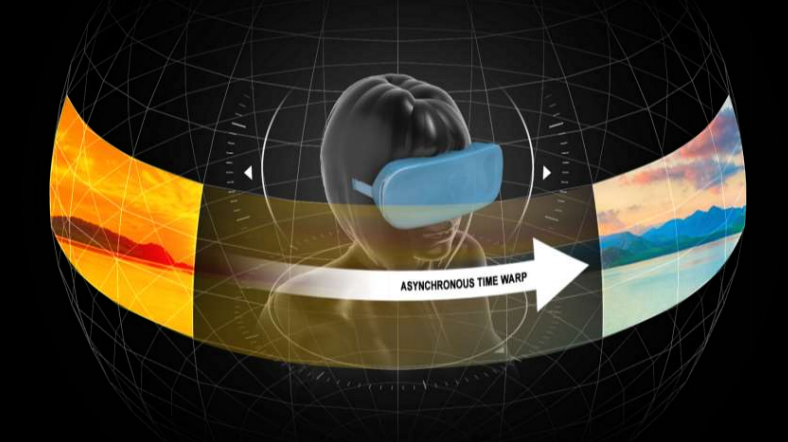AMD takes on VR with new Radeon R9 Fury X GPU
More power to drive virtual experiences

AMD unveiled its next generation lineup of graphic cards designed for gaming on the big or little screen. These GPUs support high 4K gaming and also VR headsets. The chips support advanced APIs like DirectX 12, Vulkan and OpenGL 4.5.
With smoother VR experiences that deliver richer graphics, businesses and entertainment studios will be able to deliver more immersive experiences with gaming, education and training content.
Big performance for virtual reality
AMD announced that the Fiji graphics will debut as the Radeon R9 Fury series. Using High-Bandwidth Memory (HBM), the Radeon R9 Fury X ($649, £415, AU$979) GPU delivers more power and performance in a more compact package than GDDR5 memory, leading to a smaller design that's ideal for virtual reality computing environments.
According to data released by AMD, HMB delivers 60% more memory and three times the performance per watt of GDDR5 in 94% less PCB space.
The R9 Fury X supports FreeSync technology for smoother rendering at high frame rates and 4K resolutions and beyond.
The Fury X will be available starting June 24 (June 25 in Australia) while the Radeon R9 Fury will be available July 14 with air- and liquid-cooled options. An even smaller Radeon R9 Fury Nano is slated for a Q3 release. Additionally, a flagship Radeon Fury is planned that will combine two Fiji GPUs for an even smoother 4K and VR performance.
Designed for 4K gaming
The AMD Radeon R9 300 series GPU is designed for stunning 4K gaming. The GPU comes with Virtual Super Resolution support, which AMD claims delivers quality that rivals 4K even on a 1080p screen.
Sign up to the TechRadar Pro newsletter to get all the top news, opinion, features and guidance your business needs to succeed!
The Radeon R9 300 also comes with multi-GPU technology support with AMD CrossFire. Like the Fury series, the R9 300 could be leveraged for use with virtual reality environments. AMD LiquidVR tech delivers low-latency and fast frame rates.
There are several different GPU options in the series: Radeon R9 390X ($429, £275, AU$649), Radeon R9 390 ($329, £210, AU$499) and Radeon R9 380 ($199, £127, AU$309).
Playing online
The Radeon R7 300 series graphics are designed for online gaming and eSports. The GPU can deliver gaming experiences up to 60 frames-per-second at 1080p or 1440p resolutions in popular games.
The GPU is Windows 10-ready. AMD will offer two models in this series: Radeon R7 370 ($149, £95, AU$229) and Radeon R7 360 ($109, £70, AU$169).
Both the Radeon R9 300 and Radeon R7 300 series will be available starting June 18 (June 19 in Australia).
AMD's GPU announcement comes just days after benchmark developer Futuremark announced a new benchmarking tool for virtual reality.
Even though AMD is focused on gaming performance with its Radeon announcements at E3 2015, businesses can also use these GPUs to get workstation-like performance with multithreading support. Additionally, with the focus on VR performance, businesses can leverage the power of these GPUs to deliver richer VR experiences for education, training and simulations.
- Read our picks for the best VR headsets